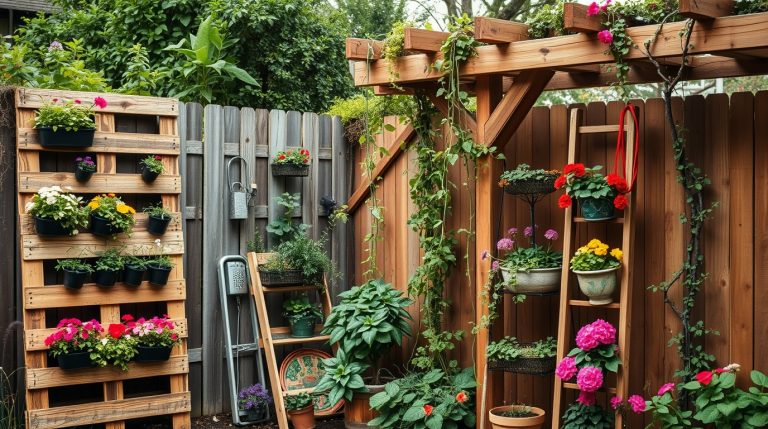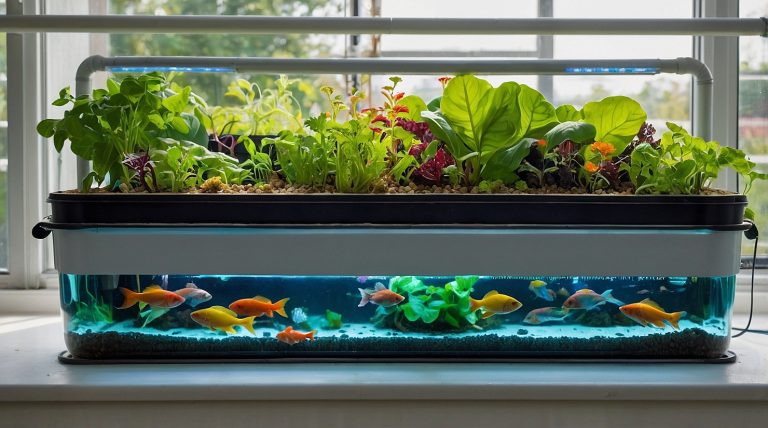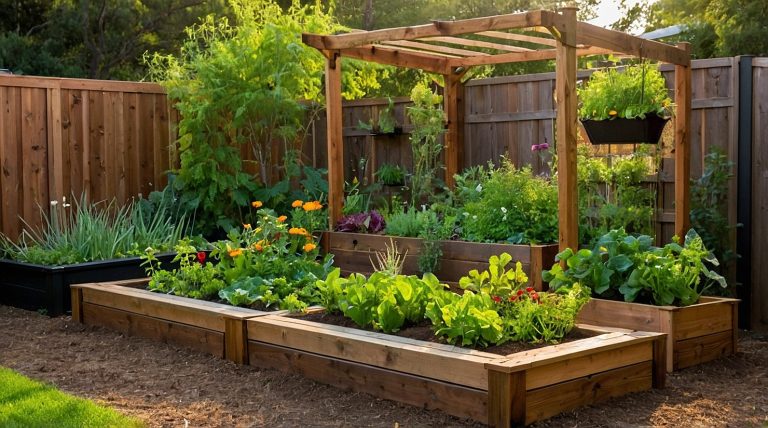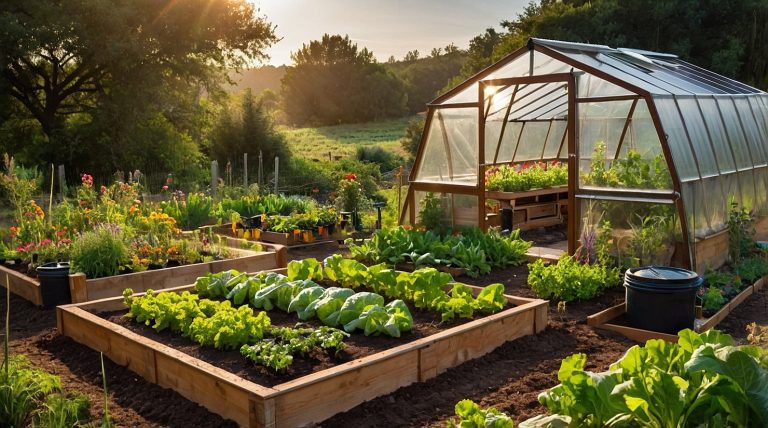Year Round Greenhouse: 3 Designs to Increase Your Harvest
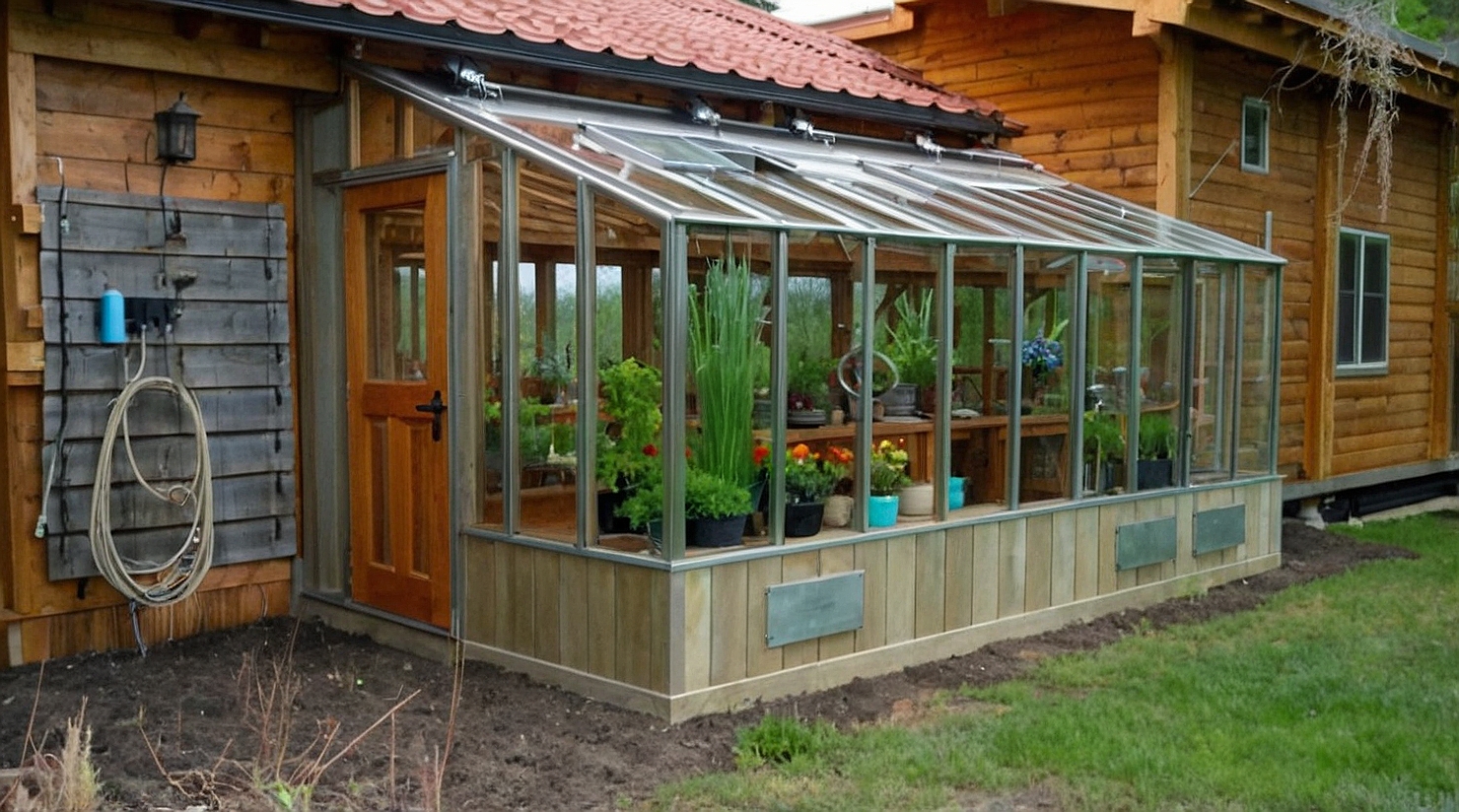
Imagine stepping into your greenhouse on a chilly winter morning, greeted by the vibrant greens of swiss chard and the sweet aroma of ripening tomatoes. A year round greenhouse makes this dream possible, giving you the freedom to grow fresh produce and plants no matter the season. Whether you’re a seasoned gardener or just starting your journey, a well-designed greenhouse can bring joy, sustainability, and a steady food supply to your home.
With modern materials and thoughtful planning, creating a year round greenhouse is more achievable than ever. This guide will walk you through the types of greenhouses available, the systems that keep them running efficiently, and tips to maximize your harvest in any climate. Let’s get started!
Planning Your Year Round Greenhouse
Choosing the right year round greenhouse is the first step toward maximizing your harvest. Your choice should reflect your climate, budget, and gardening goals. It is helpful to imagine yourself designing a space that fits your unique needs—a warm haven for tropical plants or a sturdy shelter for frost-hardy crops.
Planning isn’t just about picking materials; it’s about envisioning how your greenhouse will fit into your lifestyle. Whether you’re cultivating leafy greens for your family or experimenting with exotic flowers, thoughtful preparation ensures your greenhouse becomes an extension of your passion for growing.
So with that in mind, let’s delve into a few of the more common greenhouse designs that are currently being impletemented around the world. Also, to learn more about sustainable food production be sure to read our article about how to live off grid.
Attached Greenhouses: Cozy and Convenient
Attached greenhouses, which share a wall with your home or another structure, are a practical and cost-effective choice. The shared wall not only reduces construction costs but also provides natural insulation, making it easier to maintain a stable temperature inside the year round greenhouse during colder months. This setup is particularly appealing for those who want easy access to their garden without braving harsh weather.
These greenhouses seamlessly integrate into your daily life, allowing you to step directly into a thriving, green space. They’re also ideal for reducing heating expenses, as the structure benefits from passive solar heating by leveraging the warmth from your home.
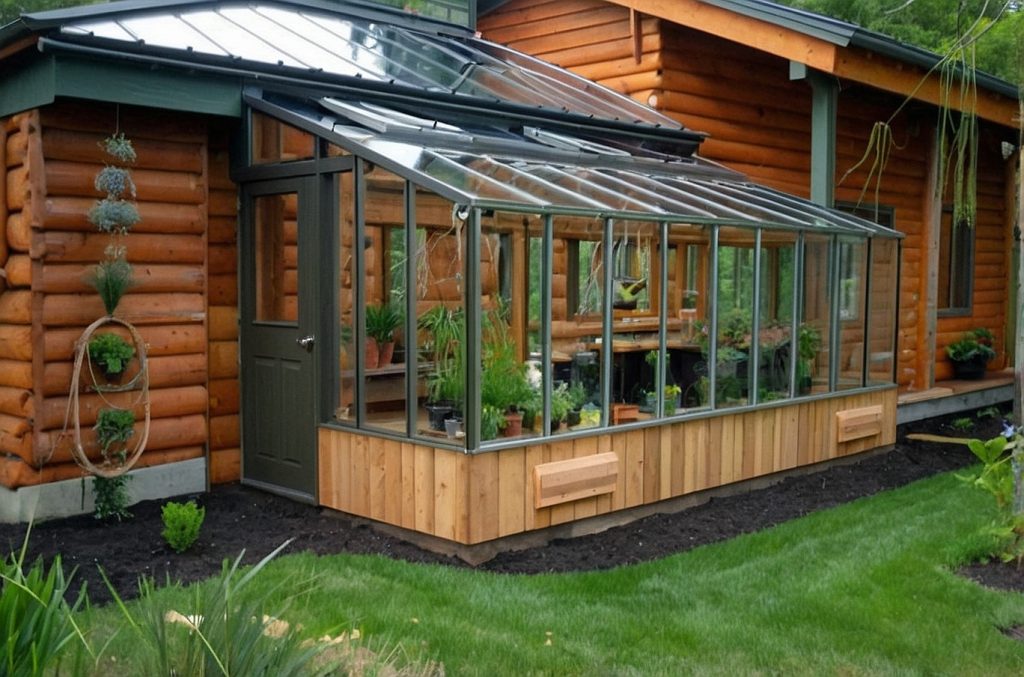
One example of an attached year round greenhouse is a design that incorporates rustic charm with practicality. Large glass panels allow ample sunlight to pour in, paired with wood framing that blends beautifully with the home’s exterior.
Ventilation panels ensure airflow remains consistent, while the structure connects seamlessly to outdoor water systems for ease of use. These details enhance the greenhouse’s functionality and make it a beautiful and harmonious addition to your home.
Lean-to designs are especially popular for their simplicity and affordability. For beginners, they offer an accessible entry point into year-round gardening while still being functional and efficient. When planning an attached greenhouse, it’s important to consider access to electricity and water, as these connections are easier to manage with a structure attached to your home. With the right setup, attached greenhouses become an extension of your living space, making winter gardening not just feasible but enjoyable.
Freestanding Greenhouses: Flexible and Independent
Freestanding greenhouses are a versatile option that offers complete flexibility in placement and design. Unlike attached greenhouses, they stand alone, allowing you to situate them wherever sunlight, wind protection, and space availability are optimal for growing, and are another year round greenhouse. Their independence makes them perfect for larger gardening projects or for those who prefer more customizable layouts.
This freestanding greenhouse design embodies classic charm and functionality. With its large glass panes, it captures maximum sunlight, creating an ideal environment for a variety of plants. The vented panels ensure proper airflow, preventing overheating during summer months, while the durable wooden frame offers stability and blends beautifully with any outdoor setting.
Inside, the spacious layout is perfect for incorporating raised beds, shelving, or even vertical gardening systems to maximize growing potential. Features like a welcoming arched door and efficient water management systems make gardening both practical and enjoyable year-round.
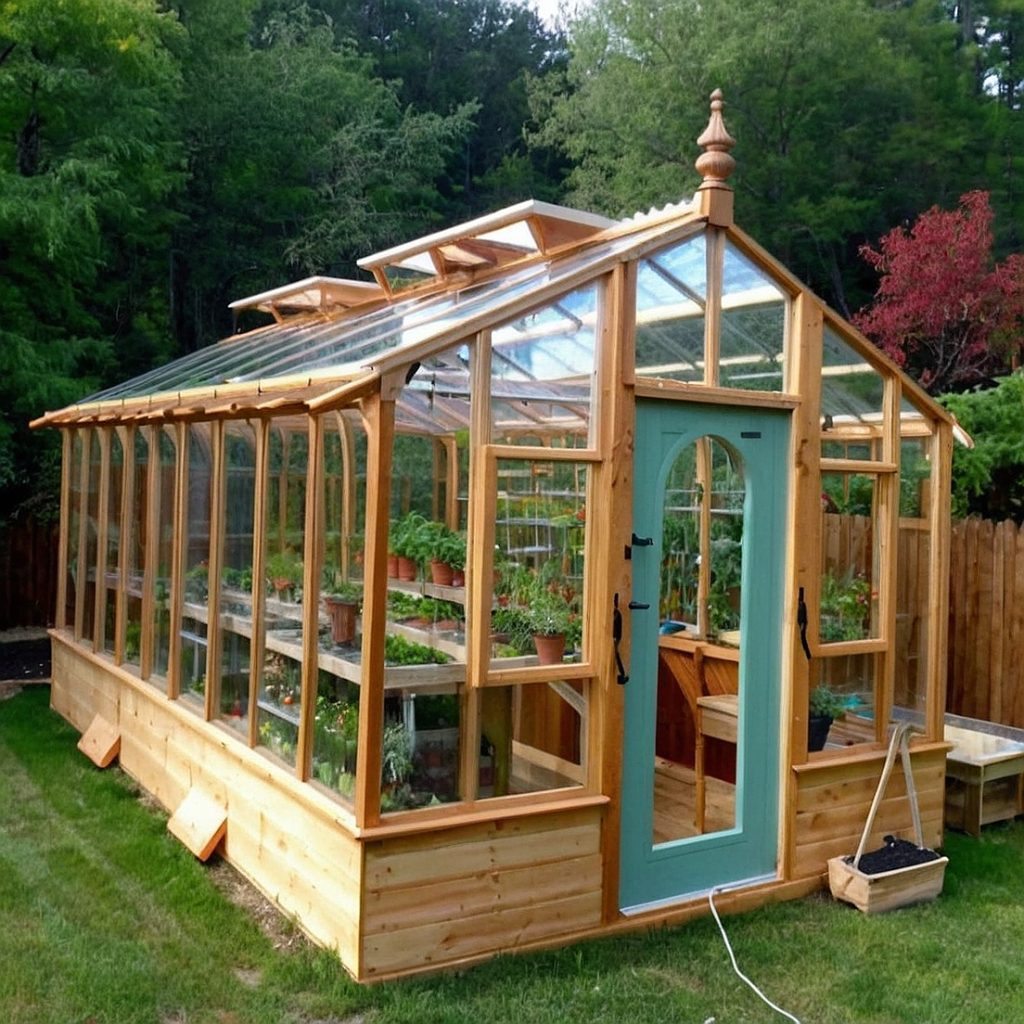
Freestanding greenhouses are ideal for experimenting with different growing methods, from tropical plants to hardy vegetables. Their customizable designs mean they can be tailored to meet your specific needs, whether it’s cultivating leafy greens during the winter or preparing an early spring harvest. These structures truly support sustainable living by allowing you to grow food efficiently and independently in any season.
Geodesic Domes and Other Shapes
Geodesic dome greenhouses offer a modern and visually stunning approach to year round greenhouse gardening. Their unique dome shape is not just aesthetically pleasing but also highly functional, allowing for even heat distribution and maximum light exposure throughout the day. These structures are ideal for a wide variety of climates and are especially suited for gardeners who want an innovative yet efficient growing space.
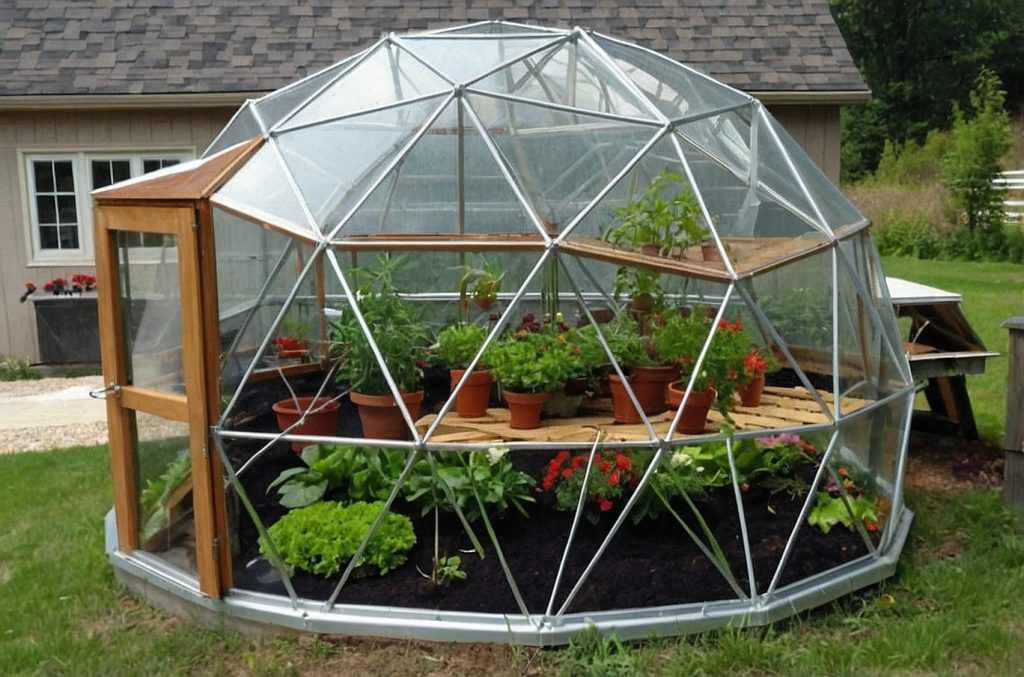
This geodesic dome greenhouse design combines durability with practicality. The triangular panels, often made of polycarbonate or durable plastic, create a strong and weather-resistant structure. The circular layout provides ample plant space and allows creative arrangements, such as raised beds or vertical gardening systems, to optimize growing potential.
Additionally, ventilation systems and doors are strategically placed to ensure proper airflow and temperature regulation, making it a versatile option for cultivating everything from leafy greens to tropical plants.
Geodesic domes are also energy efficient, often utilizing passive solar heating to maintain a stable internal temperature. Their design reduces heat loss and can support sustainable growing practices by minimizing energy use. Whether you’re growing hardy vegetables in colder climates or creating a lush space for tropical plants, geodesic domes are a forward-thinking solution for modern gardeners, making this a viable and beautiful addition to your next year round greenhouse.
Other Popular Year Round Greenhouse Designs
Beyond the traditional options, consider these trending year round greenhouse designs:
- Hoop Houses: Lightweight, cost-effective, and perfect for seasonal growing. Their arched structure makes them ideal for covering large areas efficiently, offering excellent protection from wind and frost during colder months.
- Raised Bed Greenhouses: Combine raised beds with greenhouse structures for efficient space use. This design minimizes soil compaction and allows for better temperature control, making it easier to manage diverse crops.
- Vertical Gardening Greenhouses: Maximize small spaces by growing plants vertically. These greenhouses are especially useful in urban settings or for gardeners aiming to grow more in limited areas, as they allow for innovative planting solutions.
- Gothic Arch Greenhouses: Elegant curved designs that shed snow and rain effectively. Their strong structure can withstand harsh weather conditions, making them a reliable choice for regions with heavy precipitation.
- Passive Solar Greenhouses: Utilize thermal mass for natural temperature regulation. These greenhouses are designed to harness and store solar energy, reducing the need for supplemental heating and creating a more energy-efficient growing environment.
Materials Matter for Year Round Greenhouse.
The materials you choose for your year round greenhouse can make all the difference in its efficiency and durability, especially during the colder months. The right materials ensure that your greenhouse provides a stable environment for plants to thrive throughout the year, even in challenging weather conditions. The choice of covering, in particular, plays a pivotal role in maintaining heat and light for a successful winter growing season.
Polycarbonate Panels: Durable and Efficient
Polycarbonate panels are among the most popular choices for year round greenhouse construction, and for good reason. They are incredibly durable, weather-resistant, and offer excellent insulation. These panels allow plenty of light to penetrate while keeping the interior warm, making them an excellent option for sustainable farming setups. Additionally, their longevity means fewer replacements, saving both time and money over the years.
Polyethylene Film: Budget-Friendly Option
For gardeners seeking a more budget-friendly option, polyethylene film is a practical alternative. While thinner than polycarbonate, this material effectively traps heat and provides adequate insulation for most climates. It’s a great choice for kit greenhouses or smaller-scale projects. Easy to install and replace, polyethylene is perfect for those who want to get started with minimal investment.
Each material has its pros and cons, so it’s essential to consider your specific needs, including climate, budget, and the types of plants you plan to grow. Pairing high-quality materials with proper systems, such as passive solar heating and ventilation systems, will help ensure your year round greenhouse remains productive and efficient year-round.
Essential Systems for Your Year Round Greenhouse
Building the structure is just the beginning. To keep your year round greenhouse thriving, you’ll need the right systems in place. These systems ensure your plants grow in an ideal environment, whether it’s the depths of winter or the peak of summer. A successful growing season hinges on how well these systems are implemented and maintained.
Heating: Keeping it Cozy During Winter
Heating is vital for any year round greenhouse, particularly in colder climates. A reliable heating system ensures that your plants remain healthy, even when outside temperatures plummet. Geothermal heating is one of the most sustainable options, as it harnesses the earth’s natural warmth to maintain a stable environment inside the greenhouse. For an added layer of efficiency, combine geothermal systems with passive solar heating techniques that capture and store sunlight during the day.
Biomass heaters are another eco-friendly option, using organic materials like wood pellets or agricultural waste to generate heat. These systems are ideal for gardeners looking to reduce their carbon footprint while keeping their greenhouses warm. Always have a backup heating plan, such as electric heaters, to safeguard against unexpected cold snaps.
Cooling and Ventilation: Beating the Heat
While heating is critical during the winter, cooling and ventilation are just as important in the summer. A year round greenhouse can quickly become too hot without proper airflow. Evaporative cooling systems, which lower temperatures through water evaporation, are highly effective and energy-efficient. Additionally, automatic vents, like the Univent model, ensure that your greenhouse remains well-ventilated by opening and closing based on temperature changes.
Exhaust fans are another essential feature for maintaining optimal airflow. They prevent stagnant air, which can lead to plant diseases, and help regulate humidity levels. Together, these systems create a balanced environment where your plants can thrive year-round.
Lighting: A Must for Winter Months
Supplemental lighting is crucial during winter when natural light is limited. Artificial greenhouse lighting ensures consistent light levels. This promotes healthy plant growth. This allows you to grow food year round.
Supplemental lighting extends the growing season and supports a wide variety of crops.
Year Round Greenhouse Growing
Natural light is limited during the winter months, making supplemental lighting a crucial component of a year round greenhouse. LED grow lights are a popular choice for their energy efficiency and ability to mimic the spectrum of sunlight. These lights are perfect for supporting plant growth during shorter days and extending the growing season.
High-intensity discharge (HID) lights may be more suitable for larger setups, as they provide higher light output for broader coverage. With the right lighting system, you can cultivate a variety of crops, including leafy greens and tropical plants, no matter the season.
FAQs About Year-Round Greenhouses
Conclusion
A year round greenhouse offers more than extended gardening; it enhances your life. Imagine harvesting fresh food in winter or nurturing delicate tropical flowers. This allows you to harvest delicious vegetables during the winter months.
Careful planning, from choosing the right structure (attached or freestanding) to selecting appropriate materials (glass, polycarbonate, or polyethylene film) is essential. Whether you choose DIY kits, custom designs, or ready-made solutions, proper consideration should be given to your desired growing season, from early spring planting of hardy vegetables like swiss chard to overwintering leafy greens.
Consider light requirements, heating, cooling, and ventilation. A year-round approach includes considering how a north wall will help minimize heat loss in winter, how an above-ground pond can provide passive solar heat storage, or how effective fans and even central air systems for ultimate climate control might provide additional cooling for warmth-loving tomatoes and peppers. With adequate planning, your greenhouse will allow you to have your outdoor garden bounty indoors year round.
Water management and airflow are also crucial. A well-planned system ensures thriving plants throughout the changing seasons. Take advantage of resources like Google Project Sunroof to maximize solar gain, and consider adding solar panels to make your sustainable farming more eco-friendly.

